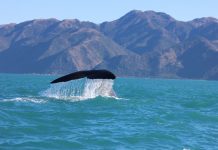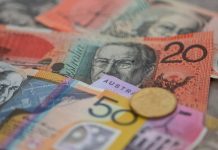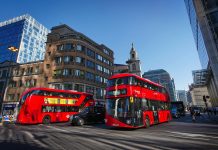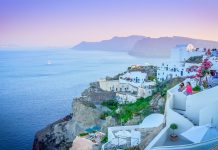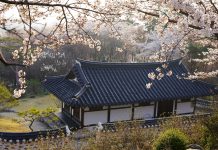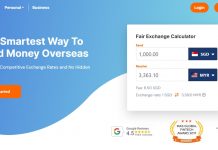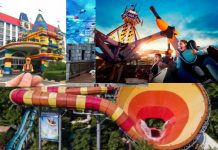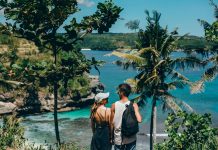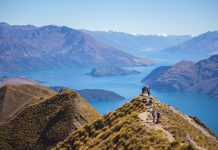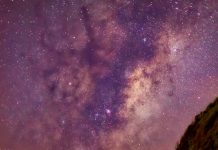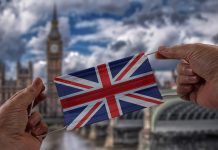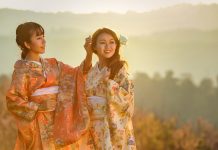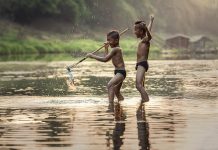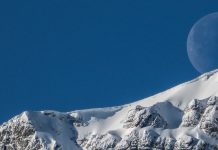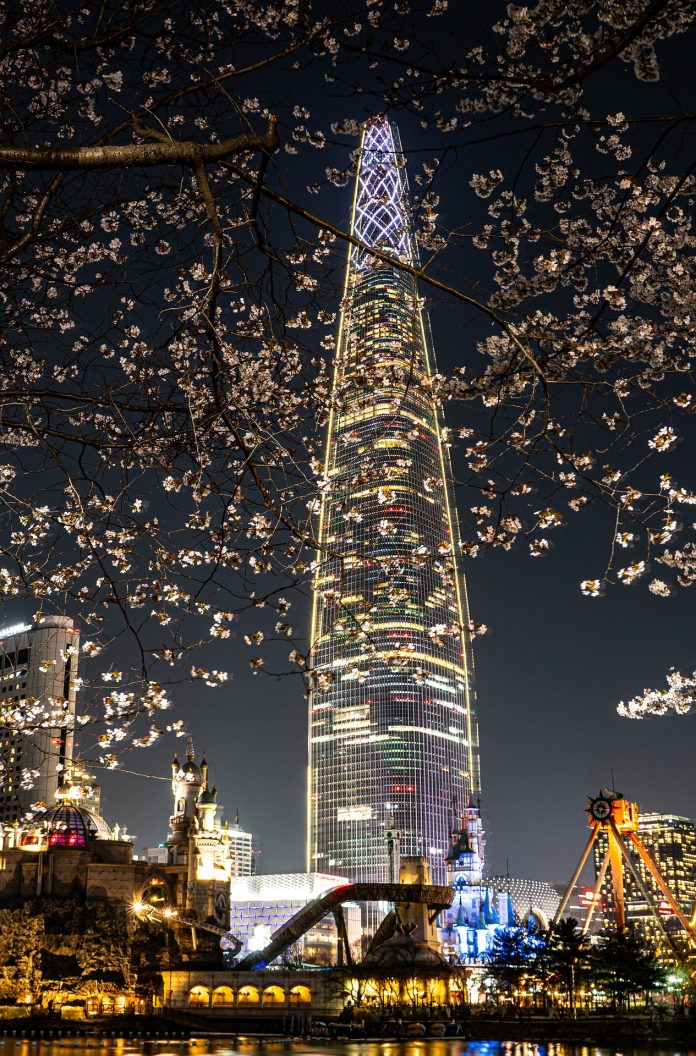Korea – Top Attractions to Visit if you are making plans. Of course, please also compare & get latest best Exchange rates for Korean Won #SGDKRW #KRWSGD #KRW #Won #SingKorea https://cashchanger.co/singapore/sgd-to-krw
-
Changdeokgung Palace 창덕궁인정문 (Changdeokgunginjeongmun)
Package: Hanbok Experience (Hanboknam Gyeongbokgung Store) with Korean Hairstyling
Promotion: SGD$ 6.80SGD$ 10.30(Book here)UNESCO World Heritage Site – It is one of the “Five Grand Palaces” built by the kings of the Joseon dynasty (1392–1897). As it is located east of Gyeongbok Palace, Changdeokgung—along with Changgyeonggung—is also referred to as the “East Palace” (동궐, 東闕, Donggwol).
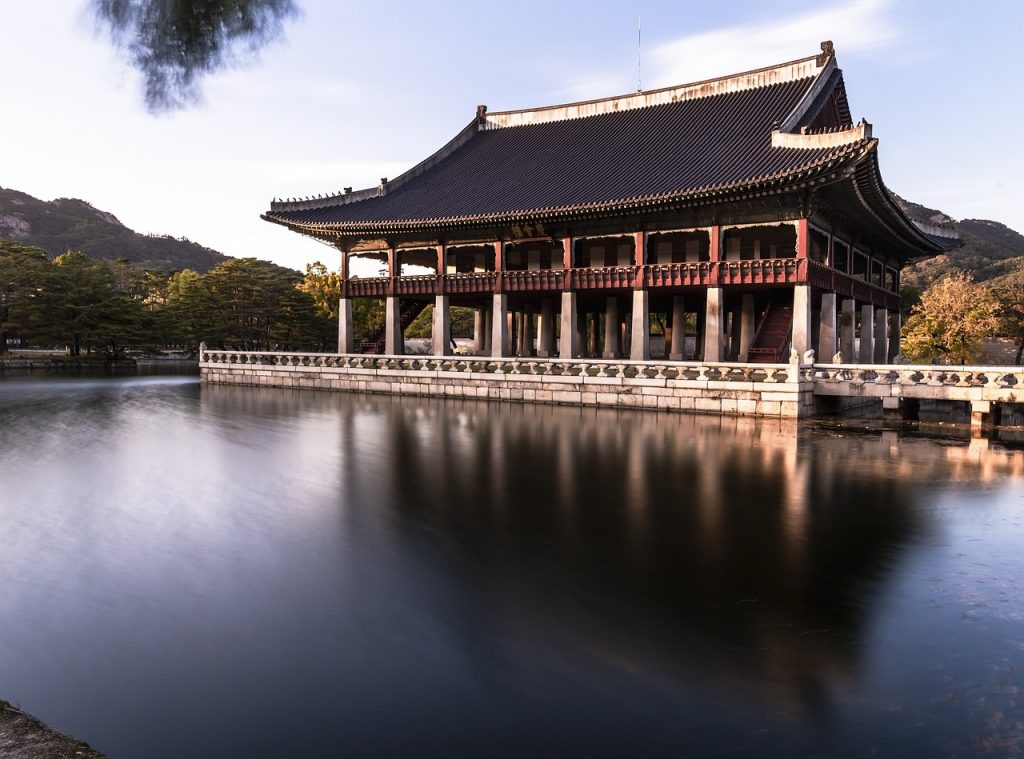
Changdeokgung Palace - Changdeokgung was the most favored palace of many Joseon kings and retained many elements dating from the Three Kingdoms of Korea period that were not incorporated in the more contemporary Gyeongbokgung.
- One such element is the fact that the buildings of Changdeokgung blend with the natural topography of the site instead of imposing themselves upon it.
- Like the other Five Grand Palaces in Seoul, it was heavily damaged during the Japanese occupation of Korea (1910–1945). Currently, only about 30% of the pre-Japanese structures of the East Palace Complex (Changdeokgung together with Changgyeonggung) survive.
-
Bulguksa Temple 불국사 (Bulguksa)
Package: Gyeongju UNESCO World Heritage Site, Seokgulam, Bulguksa Temple Day Trip from Busan
Promotion: SGD$ 81.19SGD$ 82.45(Book here)UNESCO World Heritage Site since 1995 -located on the slopes of Mount Toham (Jinheon-dong, Gyeongju city, North Gyeongsang province, South Korea).
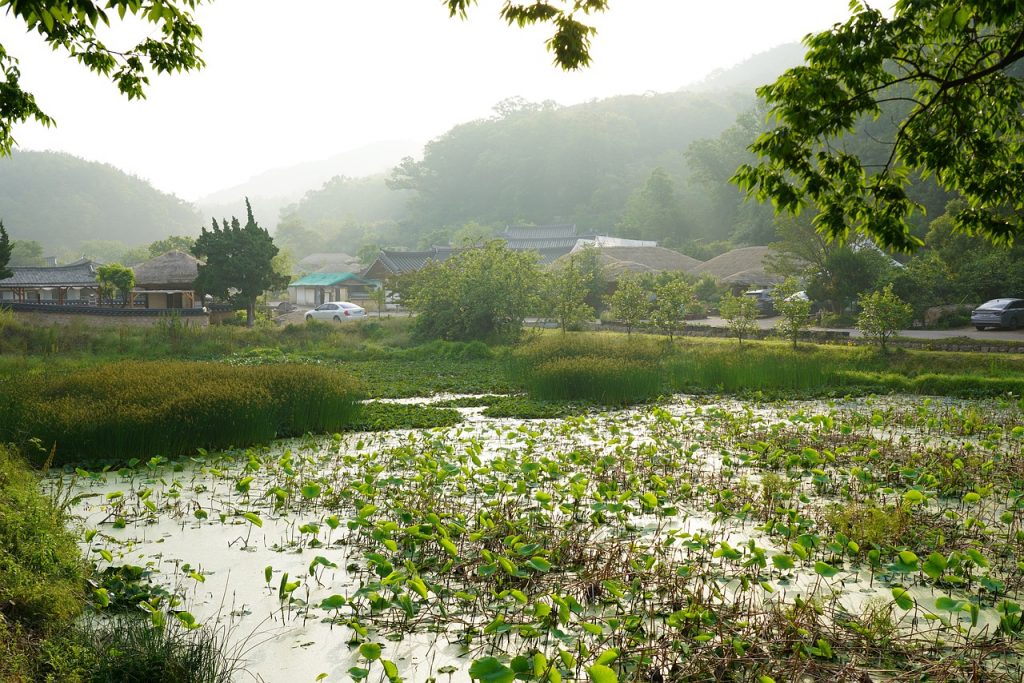
Bulguksa Temple - It is a head temple of the Jogye Order of Korean Buddhism and encompasses six National treasures of South Korea, including the Dabotap and Seokgatap stone pagodas, Cheongun-gyo (Blue Cloud Bridge), and two gilt-bronze statues of Buddha. The temple is classified as Historic and Scenic Site No. 1 by the South Korean government.
- The temple is considered as a masterpiece of the golden age of Buddhist art in the Silla kingdom. It is currently the head temple of the 11th district of the Jogye Order of Korean Buddhism.
-
North And South Korea Demilitarized Zone (DMZ) 한반도 비무장 지대 (Hanbando Bimujang Jidae)
Package: Demilitarized Zone (DMZ) Tour from Seoul
Promotion: SGD$ 47.45SGD$ 57.75(Book here)A strip of land runs across the Korean Peninsula near the 38th parallel north.
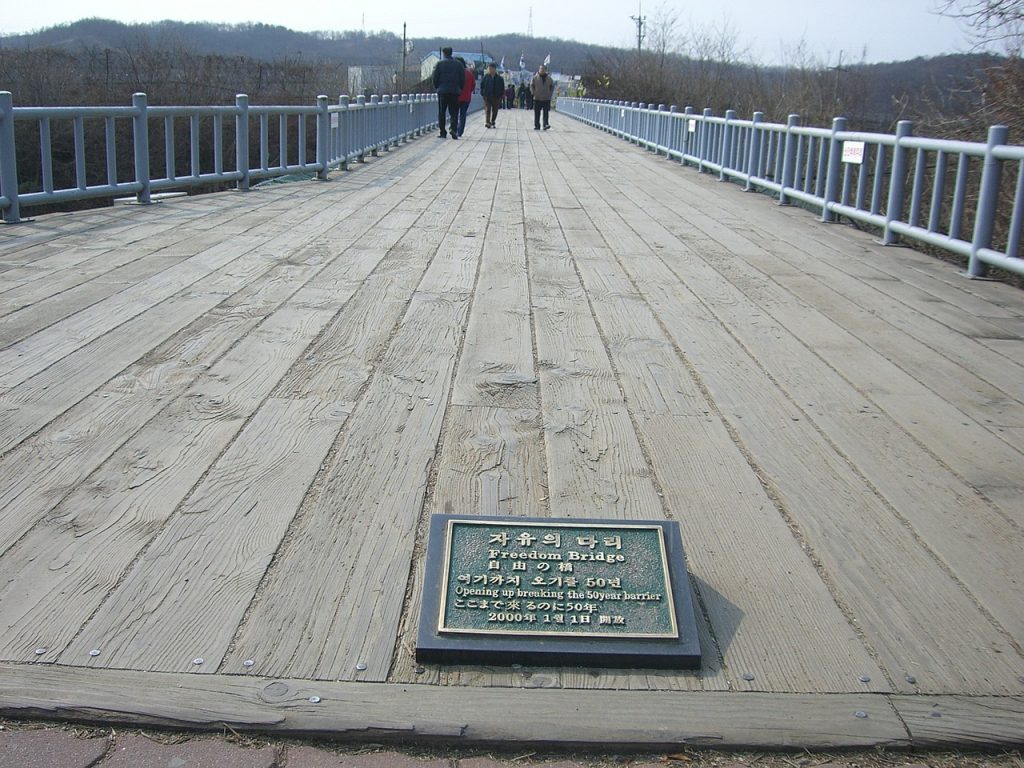
Korea Demilitarized Zone DMZ - The demilitarized zone (DMZ) is a border barrier that divides the peninsula roughly in half. It was established to serve as a buffer zone between the countries of North Korea and South Korea under the provisions of the Korean Armistice Agreement in 1953, an agreement between North Korea, China, and the United Nations Command.
- The DMZ is 250 kilometers (160 mi) long and about 4 kilometers (2.5 mi) wide. There have been various incidents in and around the DMZ, with military and civilian casualties on both sides.
- Within the DMZ is a meeting point between the two nations, where negotiations take place: the small Joint Security Area (JSA) near the western end of the zone.
-
Lotte World 롯데월드 (Rottewoldeu)
Package: Lotte World 1-Day Pass
Promotion: SGD$ 42.29SGD$ 63.90(Book here)A major recreation complex in Seoul, South Korea. It consists of the world’s largest indoor theme park, an outdoor amusement park called “Magic Island”, an artificial island inside a lake linked by monorail, shopping malls, a luxury hotel, a Korean folk museum, sports facilities, and movie theaters. Opened on July 12, 1989, Lotte World receives 7.3 million visitors each year.
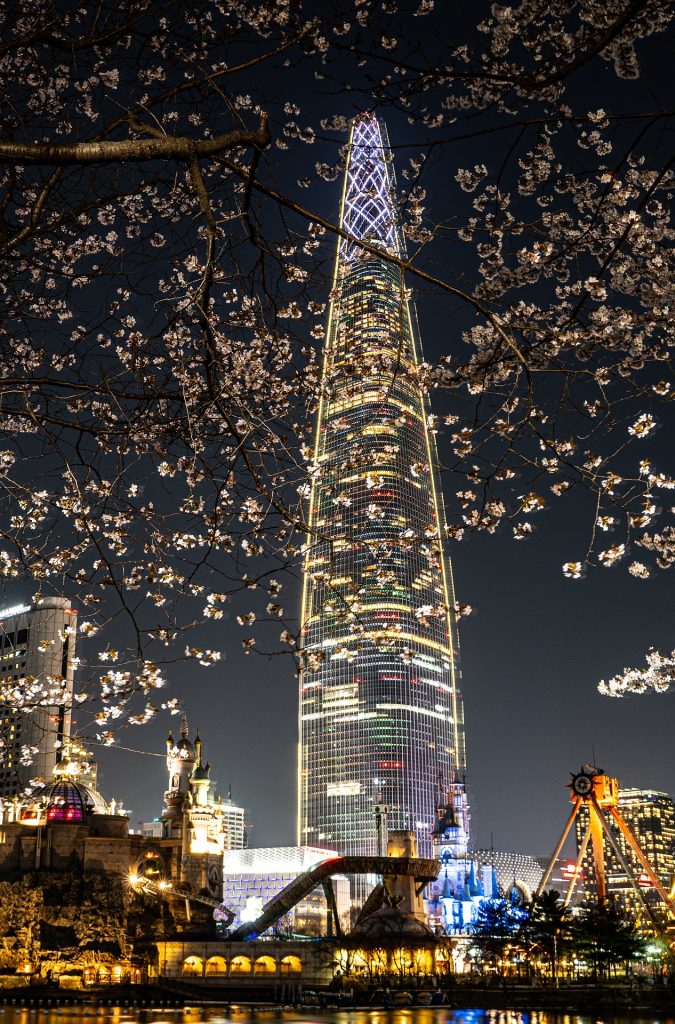
lotte world - There are more than 40 different kinds of amusement facilities, including Gyro Drop and Atlantis, and there are also large-scale fantasy parades at 2 p.m. and 7 p.m. every day except Monday.
- Lotte Department Store Jamsil branch and duty-free shop are also famous tourist attractions. In the Seoul metropolitan area, it is considered one of the top three entertainment facilities along with Everland and Seoul Land.
- In May 2013, Lotte World Underland, a theme zone with the theme of a goblin village, was opened on the first basement floor, and 4D Shooting Theater, Media Zone, and restaurants were located in Underland as well.
- In the Magic Island, there was a high-altitude series of high-altitude fighter jets, high-altitude parachutes and high-altitude wave rides in the 1990s, but now there are a gyro attractions consisting of Gyro Drop, Gyroswing, and Gyrospin.
- Lotte World Ice Rink, which measures 36m × 65m on the third basement floor of Adventure, is a skating attraction. On the west side of Adventure was Lotte World Swimming, but it closed in 2008. KidZania, a children’s vocational theme park, is also located here.
-
Jeju Island 제주도 (Jejudo)
Package: Jeju Island UNESCO Day Tour
Promotion: SGD$ 154.60 (Book here)South Korea’s largest island, covering an area of 1,833.2 km2 (707.8 sq mi), which is 1.83 percent of the total area of the country. It is also the most populous island in South Korea; at the end of September 2020, the total resident registration population of Jeju Special Self-Governing Province is 672,948, of which 4,000 reside on outlying islands such as the Chuja Islands and Udo Island.
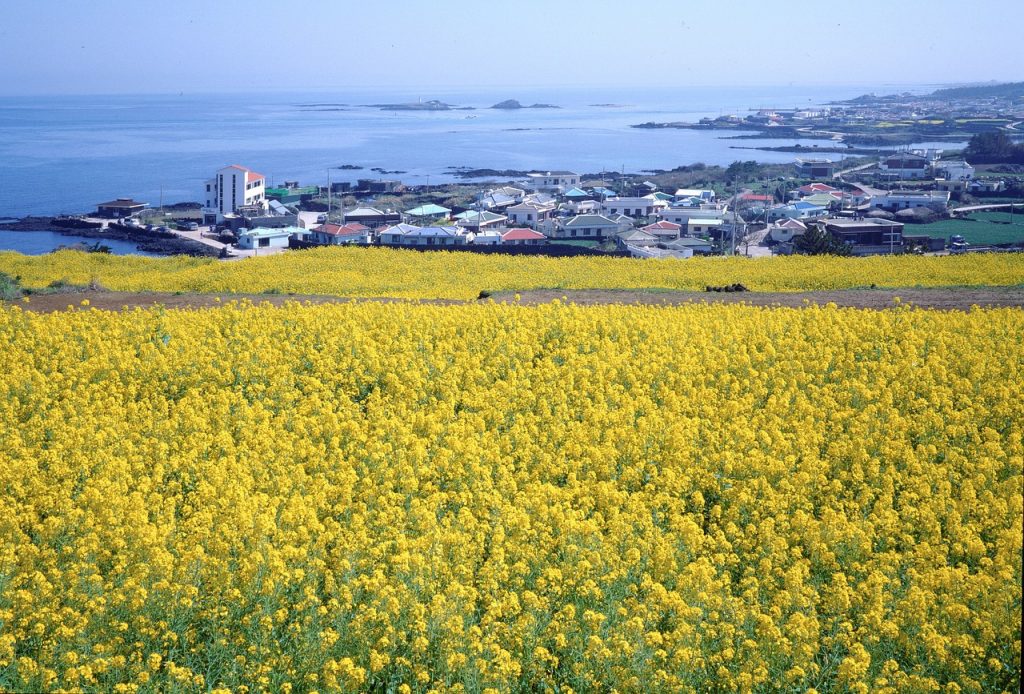
Jeju Island - The total area of the Jeju Special Self-Governing Province is 1,849 km.The island lies in the Korea Strait, south of the Korean Peninsula, and South Jeolla Province. It is located 82.8 km (51.4 mi) off the nearest point on the peninsula.
- Jeju is the only self-governing province in South Korea, meaning that the province is run by local inhabitants instead of politicians from the mainland.
- Jeju Island has an oval shape of 73 km (45 mi) east–west and 31 km (19 mi) north–south, with a gentle slope around Mt. Halla in the center. The length of the main road is 181 km (112 mi) and the coastline is 258 km (160 mi).
- The northern end of Jeju Island is Kimnyeong Beach, the southern end is Songak Mountain, the western end is Suwolbong, and the eastern end is Seongsan Ilchulbong.
-
Namiseom Island/Nami Island 남이섬 종합휴양지 (Namiseom Jonghaphyuyangji)
Package: Nami Island Admission Ticket
Promotion: SGD$ 10.30 (Book here)A half-moon-shaped river island located in Chuncheon, Gangwon Province, South Korea, formed as the land around it was inundated by the rising water of the North Han River as the result of the construction of Cheongpyeong Dam in 1944.
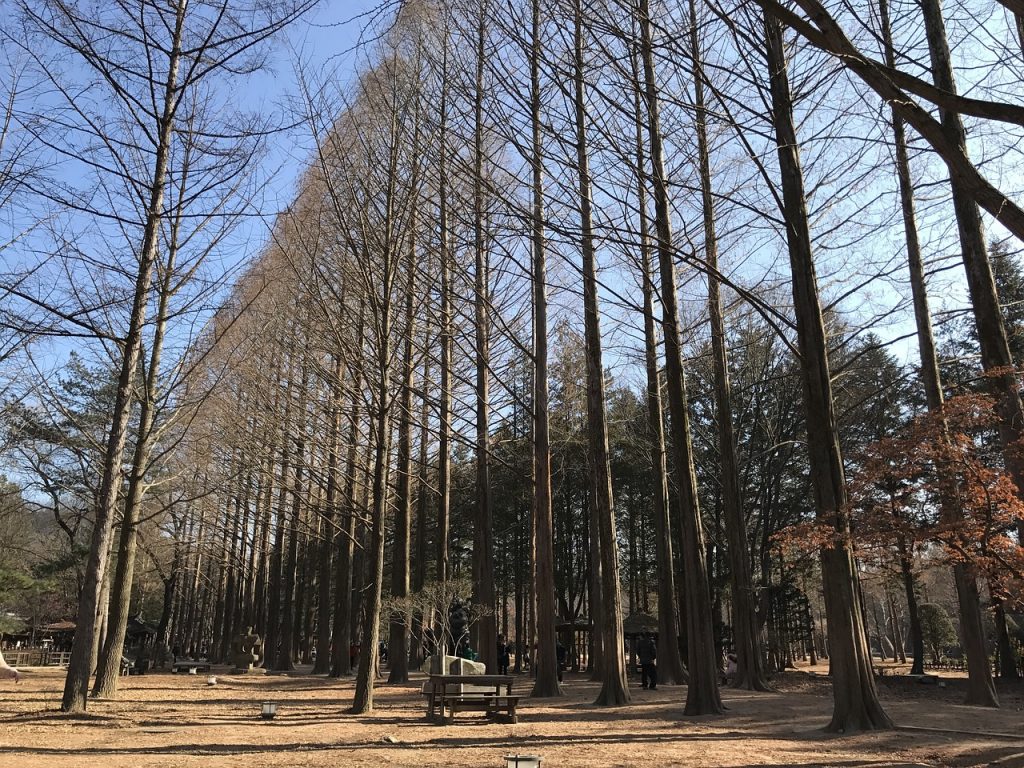
Namiseom - Namiseom is located 3.8 km (2.4 miles) from Gapyeong County, but belongs to Chuncheon in Gangwon Province. It is 430,000 m2 (0.17 square miles) in area and approximately 4 km (2.5 miles) in diameter.
- Min Byeong-do bought the island in 1965, and after that, in 1966, when Gyeongchun Tourism Development Co., Ltd. was established, it began to be developed as a general resort. In April 2000, Gyeongchun Tourism Development changed its name to Nami Island Co., Ltd.
- In 2002, the area around Nami Island became the filming stage for the Korean Broadcasting System TV drama Winter Sonata, and the number of Japanese tourists visiting Nami increased significantly.
-
Busan 부산
Package: Busan East Coast Cultural Day Tour
Promotion: SGD$ 47.95SGD$ 51.55(Book here)South Korea’s most populous city after Seoul, with a population of over 3.4 million inhabitants. Formerly romanized as Pusan, it is the economic, cultural and educational center of southeastern South Korea, with its port being Korea’s busiest and the sixth-busiest in the world. The surrounding “Southeastern Maritime Industrial Region” (including Ulsan, South Gyeongsang, Daegu, and some of North Gyeongsang and South Jeolla) is South Korea’s largest industrial area.
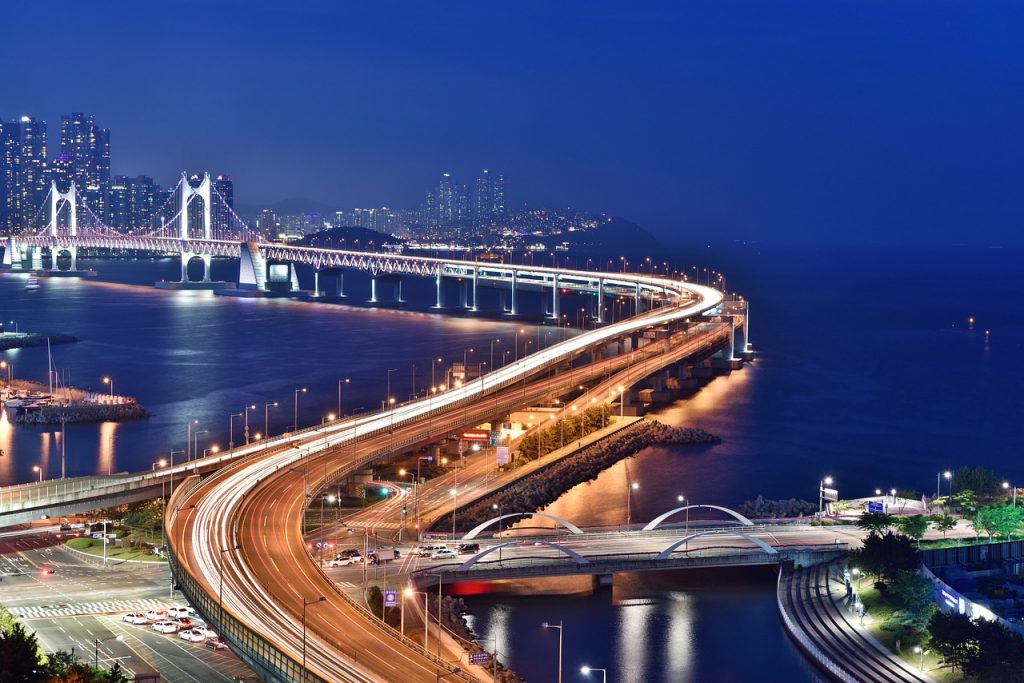
Busan - Busan is a center for international conventions, hosting APEC in 2005. It is also a center for sports tournaments in Korea, having hosted the 2002 Asian Games and FIFA World Cup. It is home to the world’s largest department store, the Shinsegae Centum City. Busan was added to the UNESCO Creative Cities Network as a “City of Film” in December 2014.
- During the Japanese rule, Busan developed into a hub trading port with Japan. Busan was the only city in Korea to adopt the steam tramway before electrification was introduced in 1924.
- During the Korean War, Busan was one of only two cities in South Korea not captured by the North Korean army within the first three months of the war, the other being Daegu. As a result, the cities became refugee camp sites for Koreans during the war. According to the Korea Times, around 500,000 refugees were located in Busan in early 1951.
- As Busan was one of the few areas in Korea that remained under the control of South Korea throughout the Korean War, for some time it served as a temporary capital of the Republic of Korea. UN troops established a defensive perimeter around the city known as the Pusan Perimeter in the summer and autumn of 1950.
-
Bukhansan National Park 북한산국립공원 (Bukhansan Gukripgong Won)
Package: Catching Sunrise on top of Bukhansan
Promotion: SGD$ 66.99 (Book here)Seoul and Gyeonggi cover an area of 79.92 km2 (30.86 sq mi) and were established on 2 April 1983. Bukhansan means “mountains north of the Han River.”
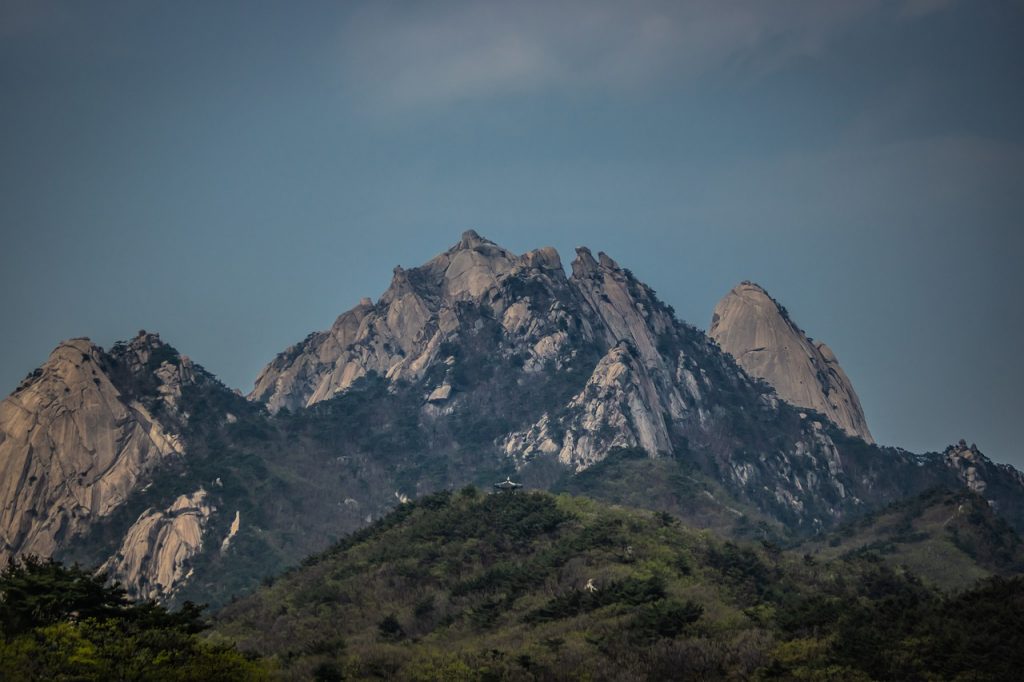
Bukhansan National Park - The park contains forested areas, temples and granite peaks. The three main peaks are Baekundae, 836.5 m (2,744 ft), Insubong, 810.5 m (2,659 ft) and Mangnyeongdae, 799.5 m (2,623 ft).
- Due to its popularity with hikers and Seoul residents, some trails are closed on a rotation basis to protect the local environment. The Bukhansanseong Fortress is located in the park, together with its 9.5 km (5.9 mi) long defensive wall.
- A fortress was first built on this site in 132 AD to protect Seoul from foreign invasions, and it was expanded to its current size in 1711. It was reconstructed after damage sustained in the Korean War. Despite its name, this mountain is in Seoul, South Korea, so this mountain should not be confused with North Korea (also referred to as 북한, bukhan).
-
National Museum Of Korea 국립중앙박물관 (Gukripjungangbakmulgwan)
Flagship museum of Korean history and art in South Korea and is the cultural organization that represents Korea.
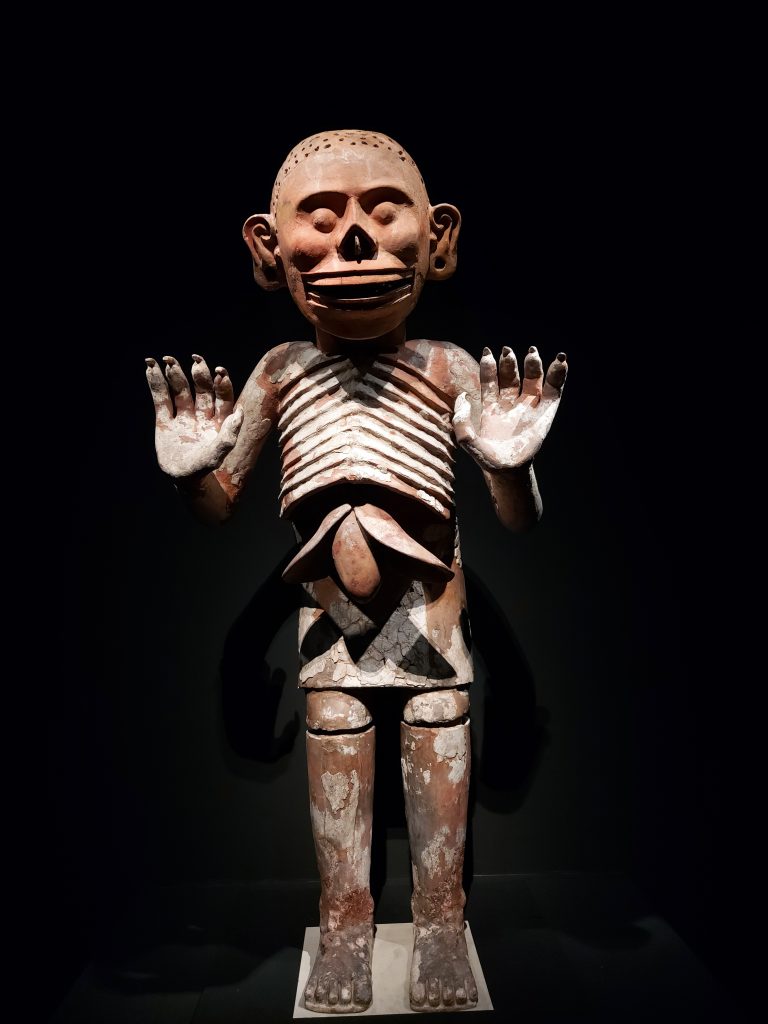
National Museum of Korea - Since its establishment in 1945, the museum has been committed to various studies and research activities in the fields of archaeology, history, and art, developing a variety of exhibitions and education programs.
- It was relocated to the Yongsan District in Seoul in 2005. On June 24, 2021, the National Museum of Korea opened a new branch inside Incheon International Airport. Located in the boarding area of the airport in front of Gate No.22, the branch was opened in celebration of the museum’s 20th anniversary.
-
Seoul’s Street Food Markets 서울의 길거리 음식 시장 (Seourui Gilgeori Eumsik Sijang)
Package: Moonlight Seoul Night Tour (Cheonggyecheon Stream, Gwangjang Market, Changgyeong Royal Palace, and Naksan Park)
Promotion: SGD$ 54.65 (Book here)Street food mainly included foods such as Eomuk, Bungeo-ppang and Tteok-bokki. Street food has been sold through many types of retail outlet, with new ones being developed over time.
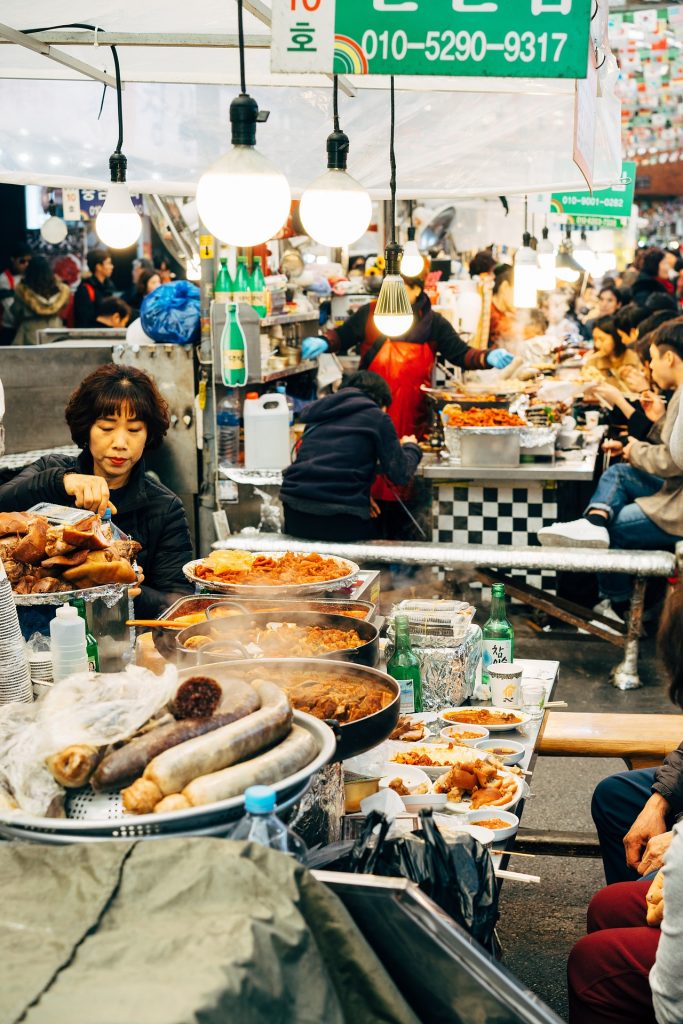
Street food in South Korea - Recently, street food has seen a popular resurgence in South Korea, such as at the Night Market at Hangang Park, which is called “Bamdokkaebi Night Market”(밤도깨비야시장).
- Usually run by an ahjusshi (아저씨) or ahjumma (아줌마), or older men and women, these popular stalls have become an integral part of Korea’s infamous food culture
- Must tries include Glutinous rice cake (called Chapssal-tteok) with buckwheat jelly, dalgona, which is a candy made from baking soda and sugar, a fish shaped bun with bean jam called Bungeo-ppang, roasted sweet potato, and Chinese pancakes with brown sugar filling (called Hotteok).
Explore more activities and promotion packages at
As usual, are you a money changer? Join us by leaving your contact here directly and stand to gain our whole suit of software and hardware for free to help digitize your business.
Missed our recent news? Catch up on news like Korea – Top Attractions to Visit here https://stories.cashchanger.co/
Compare Remittance best rates to send money to Korea from Singapore #Seoul #韩国 #Singapore #Korea– https://remit.cashchanger.co/singapore/sgd-to-krw
Catch us on:
Web: https://cashchanger.co | https://remit.cashchanger.co/
Telegram: https://cashchanger.co/telegram
Facebook: https://fb.me/cashchanger
Instagram: https://www.instagram.com/cashchangercom/
#exchangerate #remittance #compareexchangerates #compareremittancerates #fxrates
With thanks and referenced from wikipedia.org


